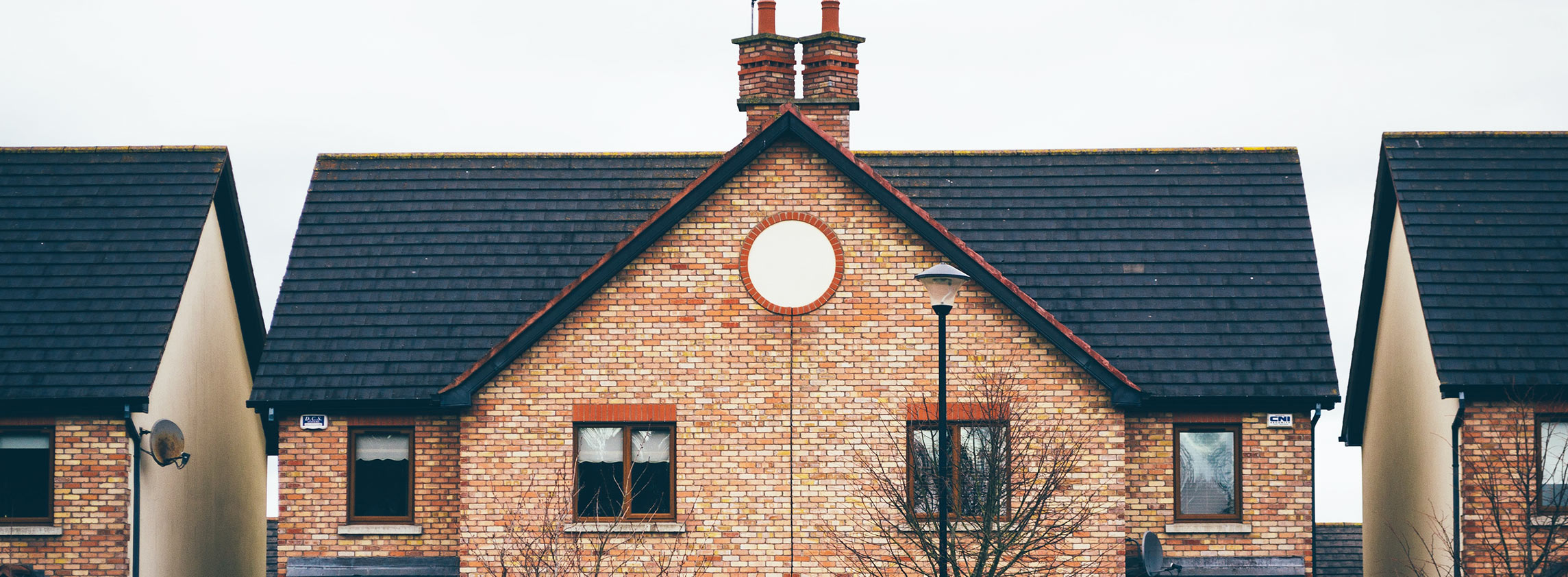Activity has been returning in the land market in London and across the country
Activity returns to the land market
The land market is normally fairly quiet in the summer months, however, this year, activity picked up strongly throughout the summer and by Q3 has returned to near pre-Covid levels. The number of bids is higher than normal in many markets, and in general, market sentiment is positive.
Land values in Q3 have remained relatively stable, with UK greenfield and urban values falling marginally by 0.1% and 0.3% respectively.
More new sites are coming to market, increasing the supply of land after the inevitable pause in the market due to the Covid-19 lockdown. A net balance of 65% Savills development teams reported this was the case in September, increasing from 29% in June and -75% in April. Land was being successfully marketed and bid on during July and August when normally sites would not be launched until September. There have also been fewer land deals falling through and less land taken off the market compared to the previous quarter.
While there is more appetite for land, buyers are still taking a relatively cautious approach, preferring deferred payment terms over longer periods and in some cases, Covid-19 clauses that allow parties to walk away in the event of further lockdowns.
But competition for sites, driven by the need to make up for the lack of land buying since March, has meant land values have remained static or only fallen marginally. In fact, in a handful of places, values have been pushed up to exceed pre-Covid levels. Bucking the national trend, the western regional greenfield land index has increased by 0.5% in the last quarter. Despite buyer appetite for distressed sales, they remain very rare.
Housebuilders resume land buying with caution
In general, major housebuilders are the most active players in the market for sites of circa 100–150 units currently. They are more financially secure and confident to pursue new land opportunities than other players in the market, albeit with caution. Additionally, they are drawing on confidence from a strong recovery in sales activity and the need to have an appropriate pipeline of land for the future.
After temporarily suspending land buying to preserve cash, the majority of the major housebuilders have re-entered the land market but approaches are varied. Some are actively pursuing attractive opportunities, adding to their pipelines; some are focusing on a fast build and sell model with smaller sites; and some are more cautious, assessing opportunities on a case by case basis, opting for sites with strong margins.
Preference for sites under 150 units
Smaller sites under 150 units continue to attract the most interest in the land market. Sites under 150 units appeal to a range of players including regional housebuilders, housing associations and also major housebuilders needing to fill gaps in pipelines and wanting to build out sites quickly. Parties are also showing a preference for house-led sites as those looking to be risk-averse are being more cautious of apartment schemes. For sites below 50 units, SMEs are the most active with the number of bids recovering relatively strongly in many areas.
Focus on investment in existing stock for HAs
Many housing associations have slowed down land activity and are directing funding towards existing stock, although some providers continue to bid for land.
According to the Savills Housing Sector Survey 2020, Covid-19 has tempered sector appetite for risk. The survey also revealed a sector focus on investing in existing stock to meet building safety standards in the short term and net zero carbon standards in the longer term. L&Q’s new development work remains on pause to preserve funds for essential services, while fire safety costs have increased by 54% over the past year.
However, there is still appetite for development among housing associations. According to the Inside Housing survey in 2020, the top 50 housing associations based on their development pipelines are still planning to build 39,000 homes in 2020/21, a 4% reduction on completions in 2019/20. The recently clarified £12 billion Affordable Homes Programme 2021 to 2026 gives providers greater funding certainty and the ability to be more competitive in the land market.
London land values remain robust
The impact of the Covid-19 lockdown over a six-month period hasn’t resulted in significant changes to land values in London. In the six months to September 2020, land values in central London fell marginally by 1.6% and in outer London remained at the same levels as March (0.0% growth). The difference in performance in central and outer London reflects changes in house prices. Whereas there has been slight growth in house prices across the capital (4.5%) according to Nationwide, there have been falls of 1.0% in house prices in prime London over the past six months.
Unconditional sites or those for sale subject to planning, with opportunities for value add and ready to start building in two years, are currently in the highest demand in London.
Smaller oven-ready sites of up to 40 units attract smaller developers and contractors who don’t have large pipelines and buy land on a site by site basis, whereas larger sites are receiving interest from build to rent operators and developers if the forward funding model works.
There are also more sites coming forward in prime zone 1 locations than compared with previous periods.
Housebuilders are being selective with sites in London, more focused on outer London zones and only more proactively bidding for sites where they have a particular gap in their pipeline to fill.
In the office market, demand continues for core locations in central London, while fringe areas and outer London have seen less demand. In the six months to September, land value for offices in central London and outer London have fallen by 3.1% and 7.9% respectively, reflecting adjustments to rents and yields.
